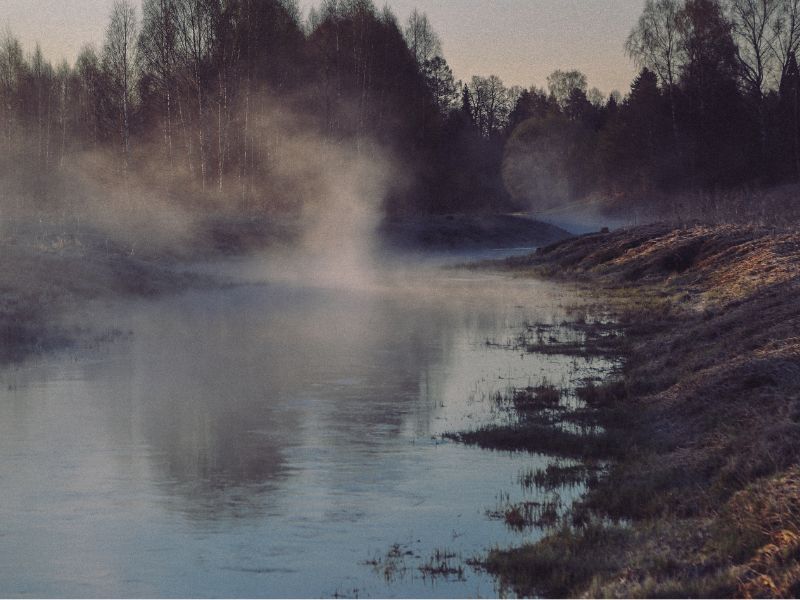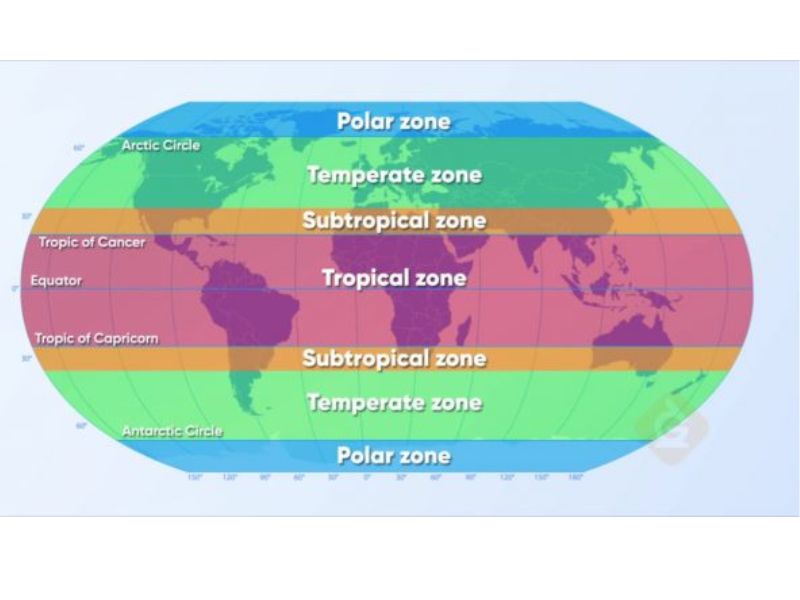
If you feel like it’s been raining more lately, you are not alone. Many people have come to believe this – and it’s true: on average, global precipitation events are increasing in frequency and intensity due to rising temperatures, which is causing water to evaporate into the atmosphere faster. Moisture-laden air tends to produce clouds and precipitation events.
When water is heated, its molecules move more quickly and escape the bonds that hold them together as a liquid. To put it another way, heat forces liquid water to evaporate. Evaporation and transpiration (the combined evaporation processes of surface water evaporation, soil moisture evaporation, and plant transpiration) release water into the air as water vapor. So increased warmth causes some areas to receive more rain.

Why Has It Been Raining
On average, the global climate is becoming wetter because evaporation and evapotranspiration rates are rising. Increased heat is producing more air moisture, and therefore more rain, which is why wet seasons and precipitation events have intensified in many parts of the world. Per estimates presented in the International Panel on Climate Change’s (IPCC) Sixth Assessment Report, each degree Celsius of warming increases the atmosphere’s capacity to hold water by ≈7 percent.
That same IPCC report asserts that “increased greater warming over land changes the atmospheric circulation patterns and, on average, reduces continental near-surface relative humidity, which contributes to regional drying”. In other words, warming in some climates has the potential to enhance atmospheric evaporative demand and make droughts worse. But how? How can global warming produce more rain in some areas, and more drying in others? This difference is caused by the uneven distribution of water vapor across climate zones.
A region’s wetness or dryness is determined by the balance between precipitation and evaporation rates. If a region is mostly rainy, it’s because the rate of precipitation is greater than the rate of evaporation. If a region is normally dry, the reverse is true. So, both wet and dry weather can become more severe in a warming climate. The course of these changes largely depends on the topography and atmospheric circulation patterns of the region.
Why Do Deserts Have Low Rainfall
Subtropical regions, for example, in the so-called “horse latitudes” can have their precipitation blocked by mountain ranges, which is why deserts exist in some of these areas. When moisture-laden air comes into contact with high mountains, the air precipitates most of its moisture as it rises and creates snow on the peaks of the mountain. Little moisture is left once the air has moved over the mountain crests and down the other side.

In other cases, rainfall in subtropical is suppressed by dry descending air from the Hadley Cell circulation systems. Hadley cells are closed currents of air that rise near the equator, become drier as they move away from the equator at higher altitudes, and descend into the subtropics between 15 and 30 degrees north and south latitude. The dry air breaks up existing cloud coverage and suppresses rainfall in the subtropics, so these areas tend to dry out more quickly during periods of high heat.

Why Does It Rain More At the Equator
On the other hand, many regions in tropical and temperate climates, have been getting more rain on average. Once the water evaporates and rises into the air, there isn’t much to stop it from condensing into clouds and thunderstorms and falling back down as rain in over these areas. For the tropics and temperate sub-climate zones, increased heat leads to more evaporation, and ultimately more precipitation.

So rising temperatures can have completely opposite effects: wet climates become wetter and dry climates become drier. For tropical and temperate regions, warming can enhance evaporation and produce more rainfall. In drier climates, such as the subtropical zones, rainfall, and storm precipitation tends to be hindered by topography and atmospheric circulation patterns, so these areas will dry out more as evaporation rates increase.
Leave a Reply